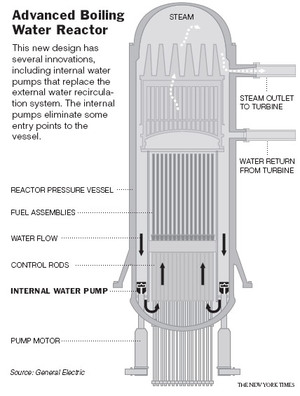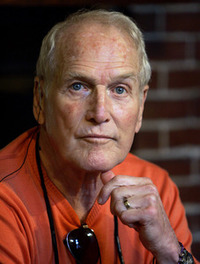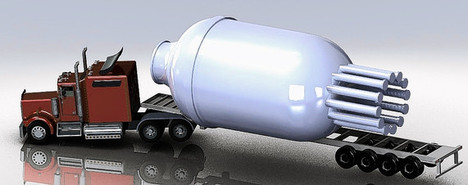 “An artist’s modeling of the proposed EM2 reactor, which would be small enough to be transported by truck.” Source of caption and photo: online version of the WSJ article quoted and cited below.
“An artist’s modeling of the proposed EM2 reactor, which would be small enough to be transported by truck.” Source of caption and photo: online version of the WSJ article quoted and cited below.
(p. B1) Nuclear and defense supplier General Atomics announced Sunday it will launch a 12-year program to develop a new kind of small, commercial nuclear reactor in the U.S. that could run on spent fuel from big reactors.
In starting its campaign to build the helium-cooled reactor, General Atomics is joining a growing list of companies willing to place a long-shot bet on reactors so small they could be built in factories and hauled on trucks or trains.
The General Atomics program, if successful, could provide a partial solution to one of the biggest problems associated with nuclear energy: figuring out what to do with highly radioactive waste. With no agreement on where to locate a federal storage site, that waste is now stored in pools or casks on utilities’ property.
The General Atomics reactor, which is dubbed EM2 for Energy Multiplier Module, would be about one-quarter the size of a conventional reactor and have unusual features, including the ability to burn used fuel, which still contains more than 90% of its original energy. Such reuse would reduce the volume and toxicity of the waste that remained. General Atomics calculates there is so much U.S. nuclear waste that it could fuel 3,000 of the proposed reactors, far more than it anticipates building.
The decision to proceed with its 12-year program indicates that General Atomics believes the time is right to both make a nuclear push and to try to gain approval for an unconventional design proposal despite the likely difficulty of getting it certified by the Nuclear Regulatory Commission.
The EM2 would operate at temperatures as high as 850 degrees Centigrade, which is about twice as hot as a conventional (p. B2) water-cooled reactor. The very high temperatures would make the reactor especially well suited to industrial uses that go beyond electricity production, such as extracting oil from tar sands, desalinating water and refining petroleum to make fuel and chemicals.
For the full story, see:
REBECCA SMITH. “General Atomics Proposes a Plant That Runs on Nuclear Waste.” The Wall Street Journal (Mon., February 22, 2010): B1 & B2.

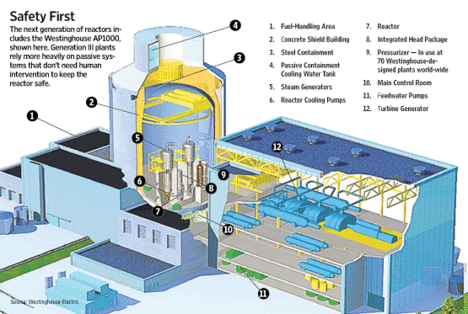
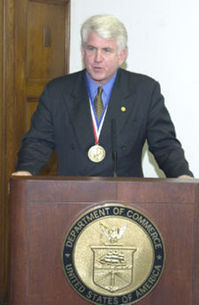
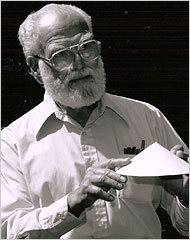
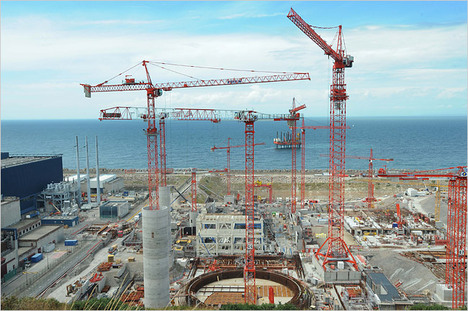

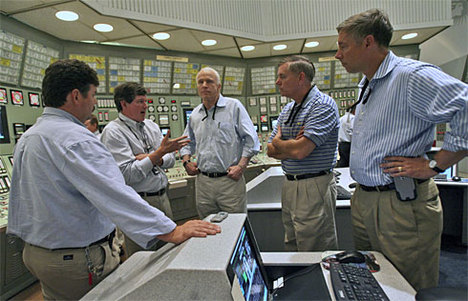
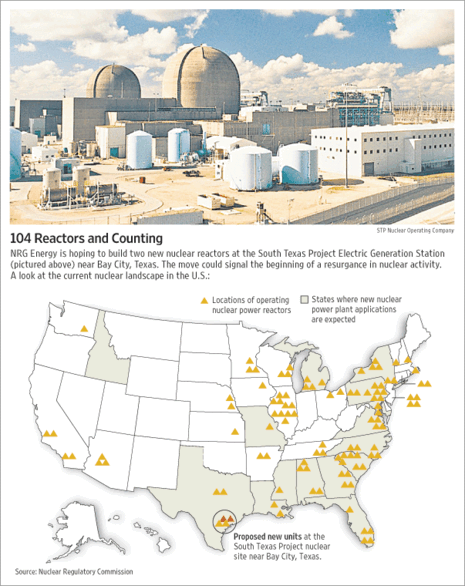
 (Note: ellipses added.)
(Note: ellipses added.)